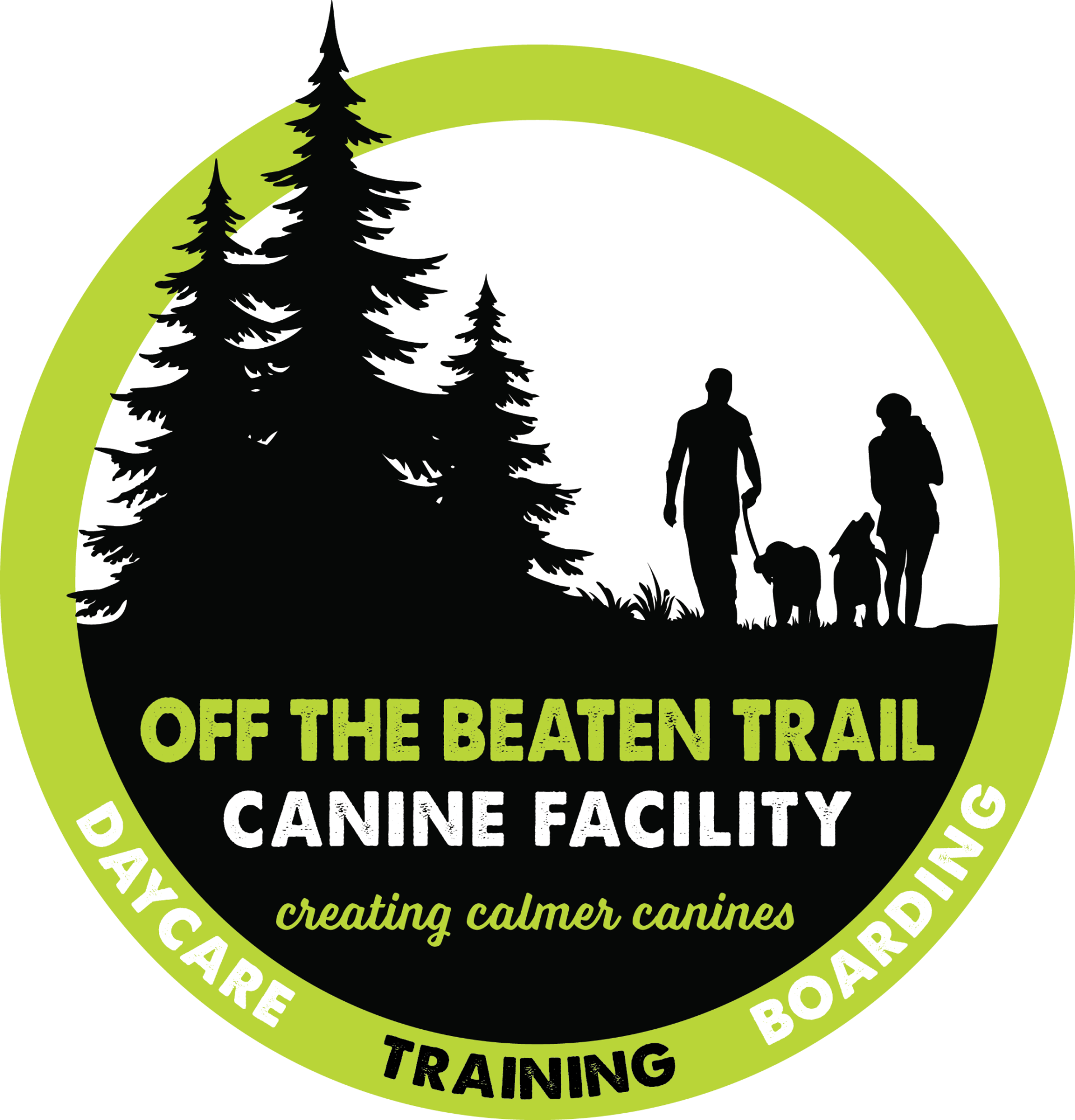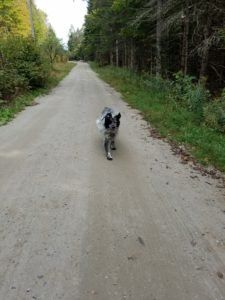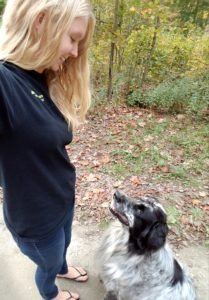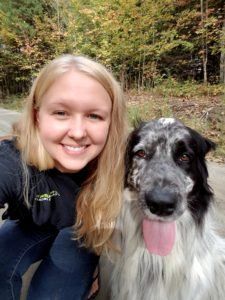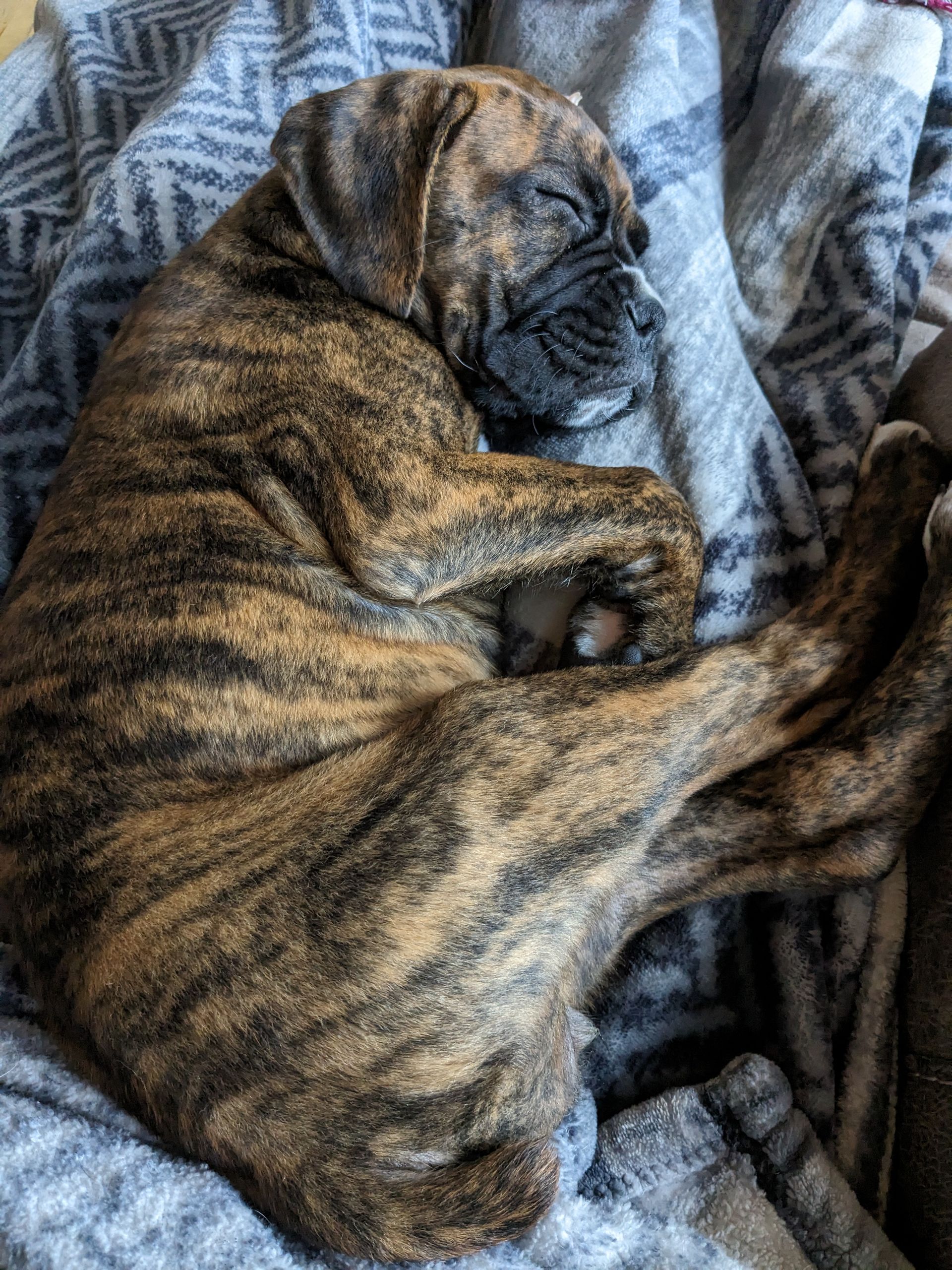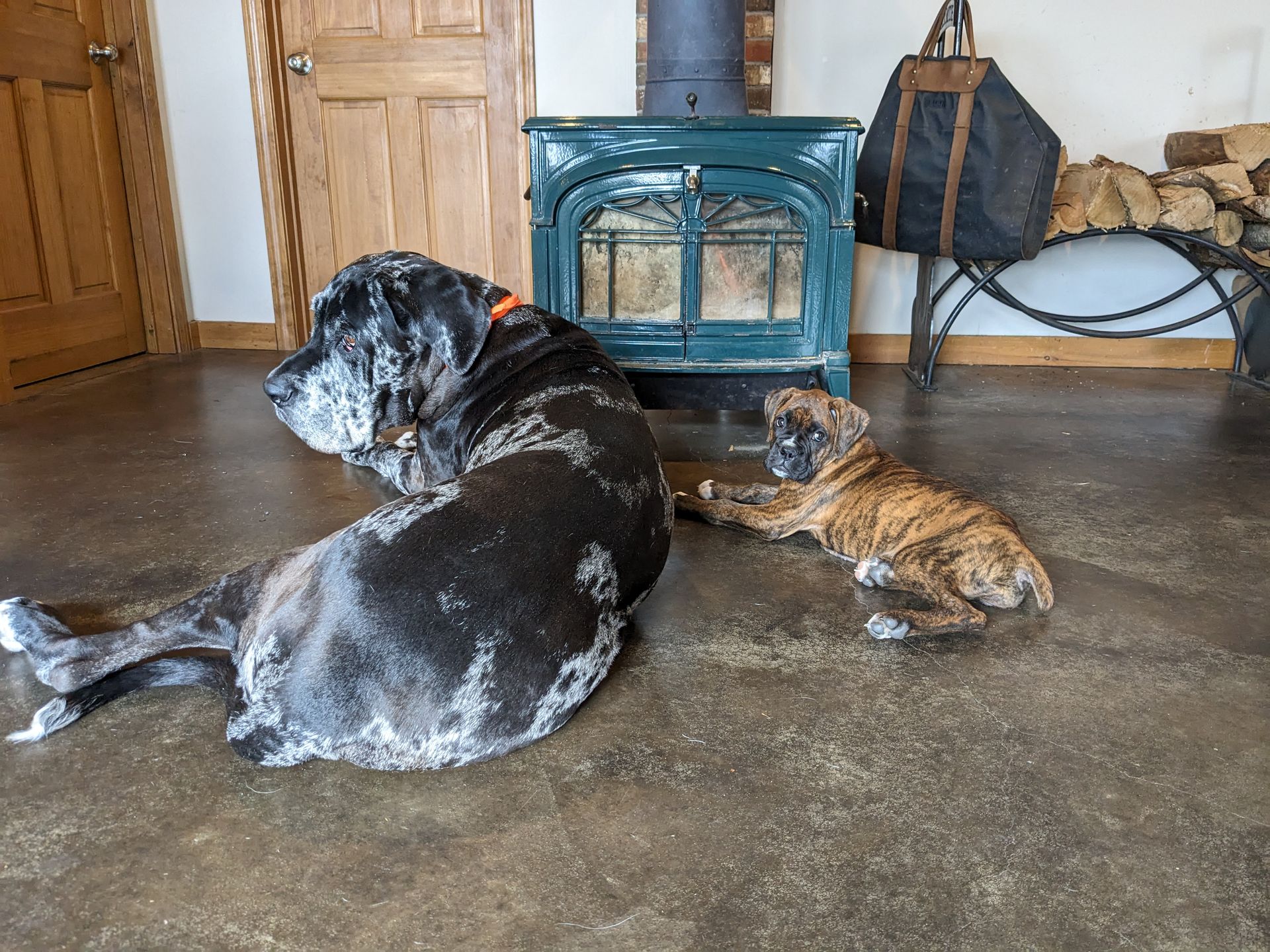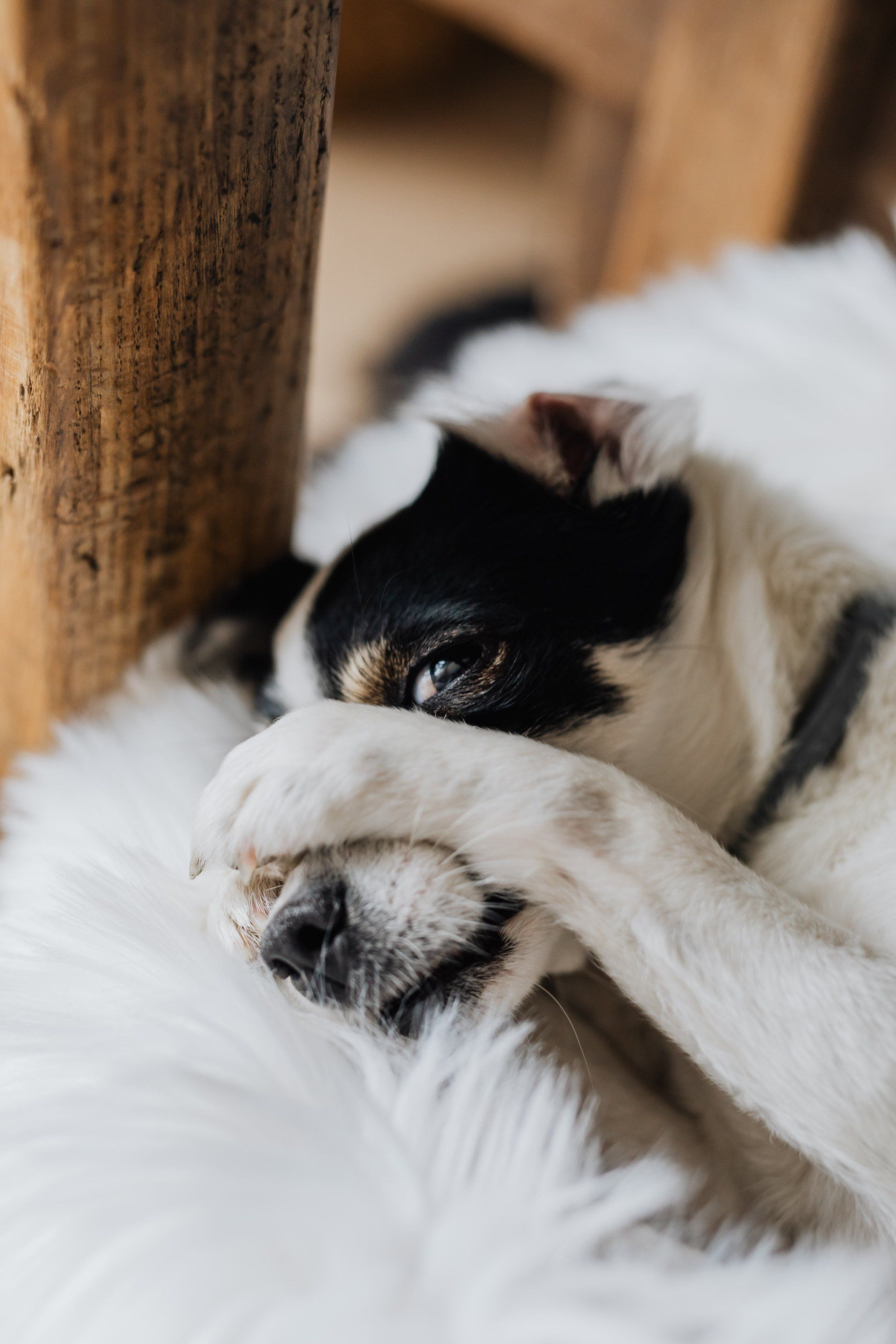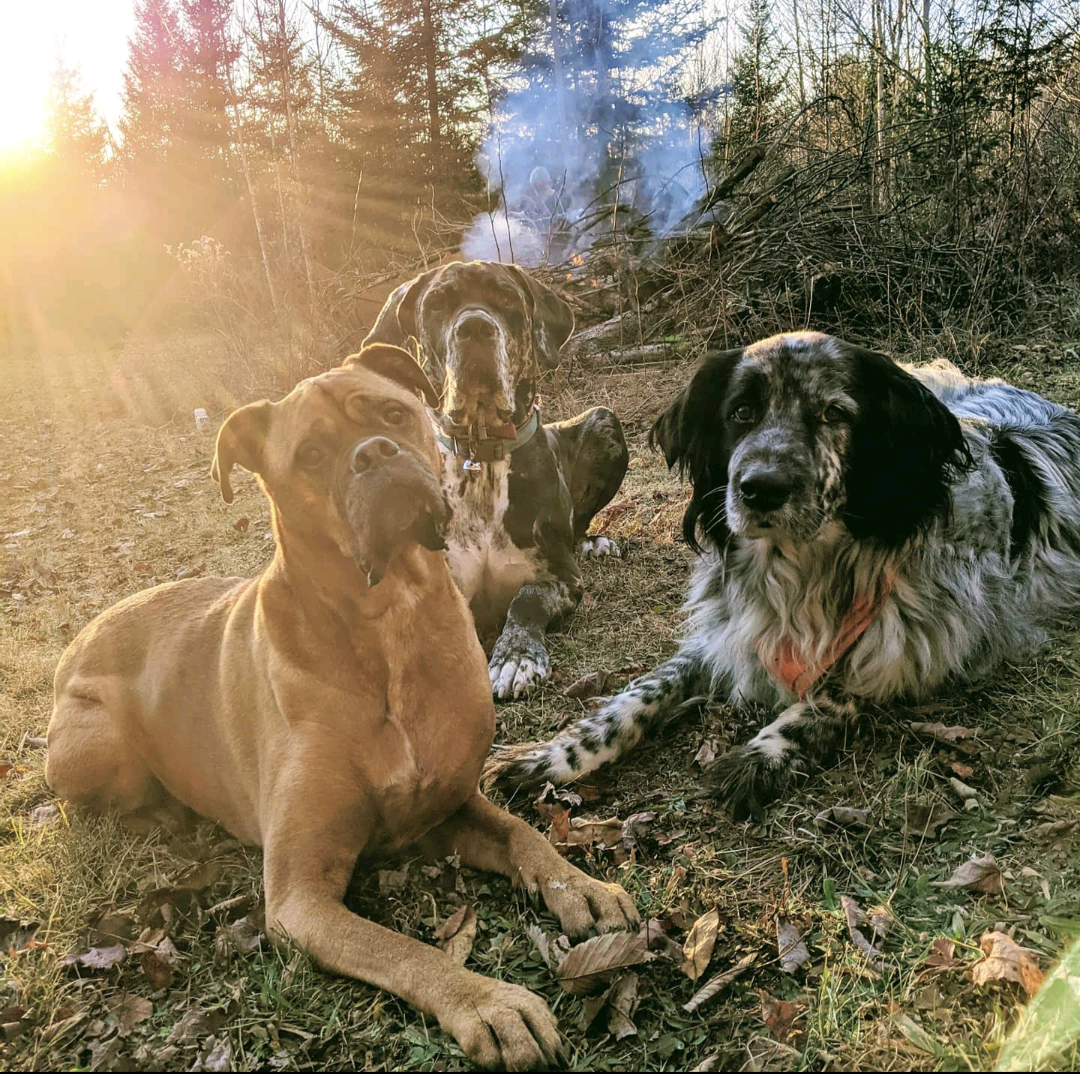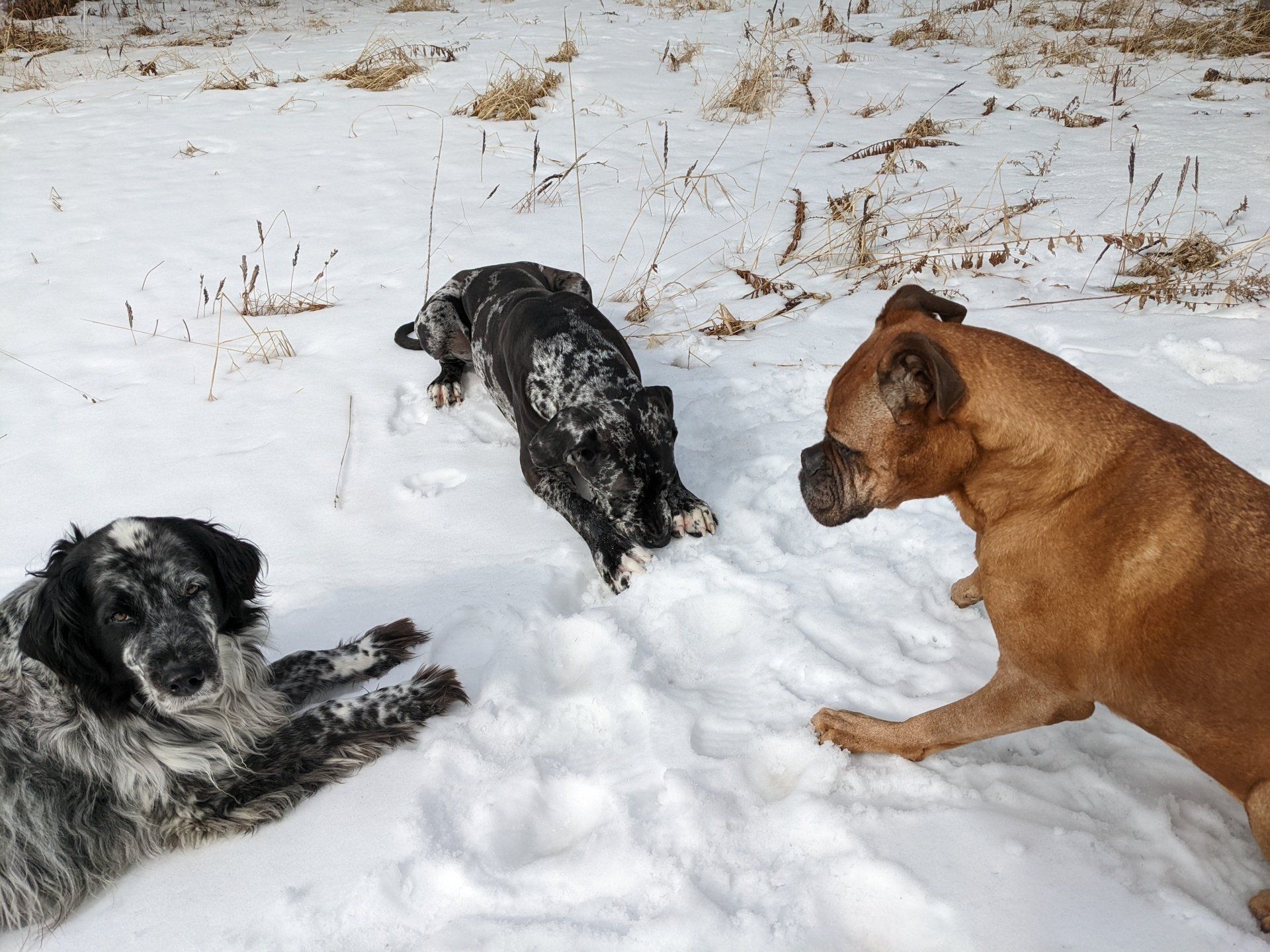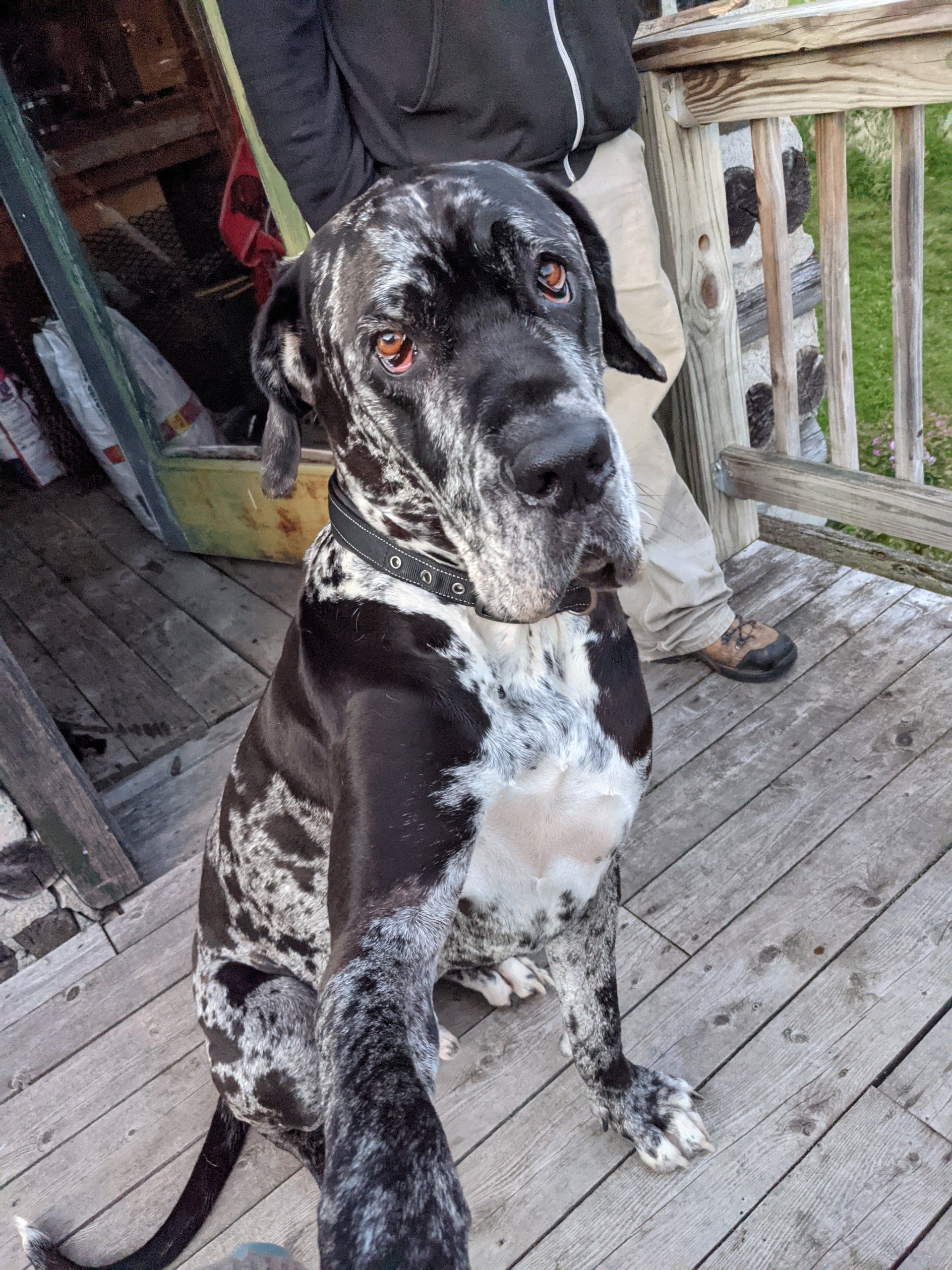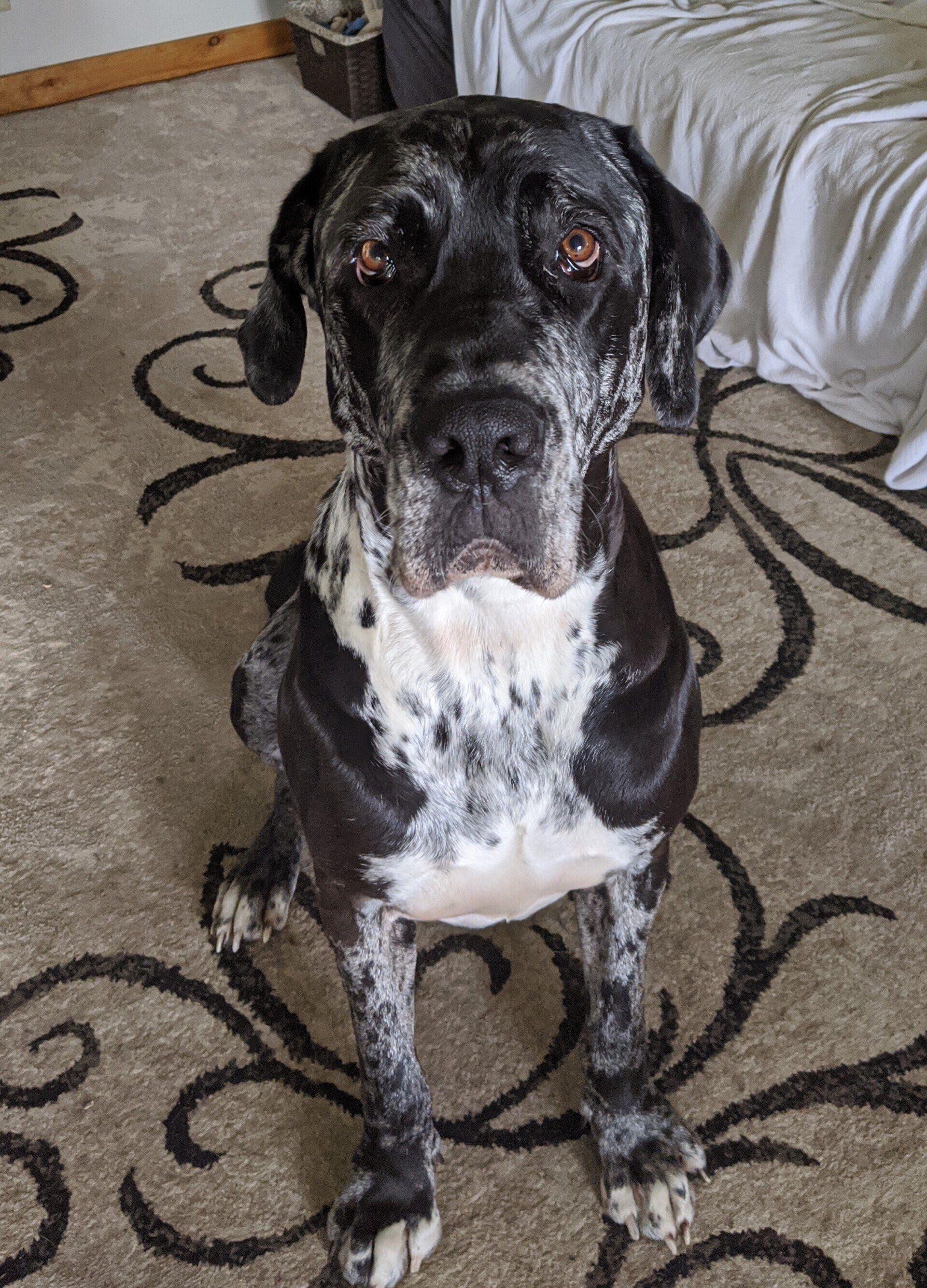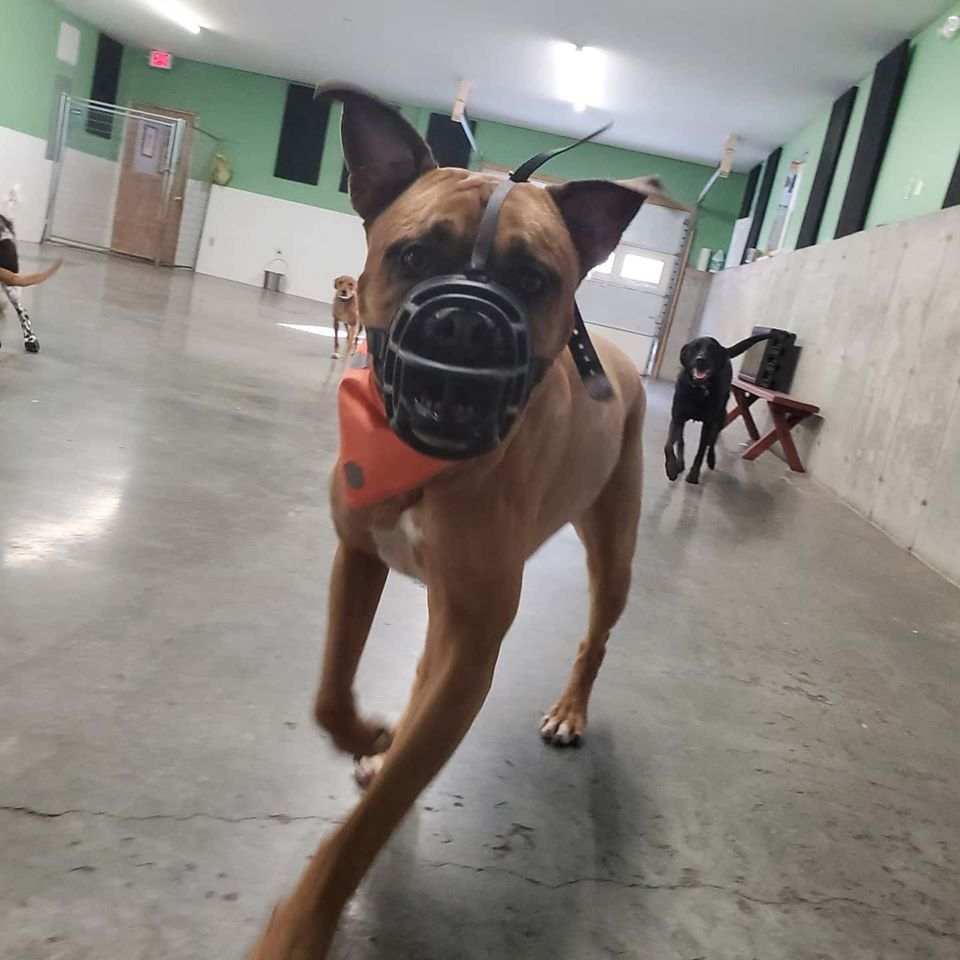The Hows and Whys of Recall
This morning I (Gillian) was out walking with my Australian Shepherd/Newfoundland mix, Lexi. We walk off-leash up and down our private road a few times every day. Lexi is well-trained off-leash and has a very consistent recall … except when she spots a squirrel. When she sees that squirrel she loses all control and runs as fast as she can to catch it! It’s pointless to call her back when she is already chasing that poor little guy up a tree. You see, dogs are either in pack drive, or they are in prey drive. When in pack drive, they are calm, they obey, they use their nose to take in information, they are curious, etc. When they are in prey drive, they are on high alert, they use their eyes to take in information, and they are impulsive.
I’m telling this story because I think most people can relate to having a dog be “with them” in one second and “gone” the next. By “gone” I mean they have lost control of the dog’s mind, and the dog is now making his or her own choices. How does this relate to recall? Because it brings up a good point about how to reinforce what you want when your dog hasn’t made the right decision.
Let’s go back to when I was first teaching Lexi recall. When we first brought her home as a puppy, she didn’t know us and we didn’t know her. We spoke two different languages and we needed to form a relationship in order for trust and respect to grow. When we were first teaching her to come back to us, we encouraged it like crazy every time she started moving in our direction. We wanted to make it very clear that we were pleased with what she was doing. We were forming a bond and setting her up for success. We did that a lot – repetition will drive any point home. Once she understood that every time she heard the whistle, she should come back to us, we changed up how and when we were rewarding her. When anything gets too predictable, it gets boring – this is true for both dogs and humans. So we started calling her back to us, but stopped giving her praise or treats every single time. Instead, we made her work for it. She had to keep her focus on us to make sure she was doing what was asked of her, and it was fun for her because she never knew when the treat was coming. It could be the second time we called her back, it could be the seventh. But when it happened, she absolutely loved it.
Fast forward to today. Our languages have been linked and we have a bond and a very clear form of communication. She has been in our lives for over 4 years now and consistent training has solidified these skills over this time frame. So today, I called her back to me a mere second before she caught wind of that squirrel. One second she was on her way back to me and the next second she was impulsive. She eventually did find her way back to me, but I ignored her. She knew what I wanted and instead she chose to make her own decisions. I withheld the reward because I am looking for more precision out of her. She is, after all, still in training and always will be! I did NOT however, punish her for coming back to me. I never want her to see coming back to me as punishment. I simply withheld the reward. The next time I called her back to me, she came right away, sat down, and she got a treat.
I wanted to point this out because it’s all too easy to get confused and too caught up in the many details of dog training. This was the perfect example to point out the hows and whys of rewards. We do our best to set our dogs up for success, but sometimes they make the wrong decisions. The most important thing to remember is to keep your dog’s safety in mind. Knowing that every now and then Lexi chases squirrels, I’m not going to walk her down a busy road off leash, even if I can trust her 9 times out of 10. Remember, you are ALWAYS advocating for your dog.
In summary – we started training recall the day we brought her home. It has been all she has ever known. We encouraged like crazy in the beginning, then we started to make her work for it more. She’s an intelligent dog and loves to be mentally challenged. By doing this our bond grew deeper and our line of communication opened up more and more. We started recall training in controlled environments with no distractions to set her up for success. We slowly integrated distractions one at a time to keep reinforcing how important it was to come back to us. We train her every single day, even if it is only for 10 minutes. Now, in very distracting environments, we consistently call her back to us and reward her when she does. If she doesn’t come back right away, we withhold rewards. There are also times we put her on leash for our walks and do not let her make her own decisions, especially on days that she is tired or lacking focus. A good recall is a great way to manage your dog – with Lexi’s consistent recall we can let her enjoy her off-leash time and then call her back to us when we see other people walking (or any other distraction), then put the leash on her when she comes back to us. It’s a great tool for your toolbox!
Love my girl!
Hopefully this has clarified some questions you might have on recall training and what it takes to train your dog to come back to you! Keep it in your mind that you need to be that consistent leader for your dog. The bond with your dog will become deeper and more satisfying the more you take the time to communicate with him and offer meaningful engagement when he is correct. We are always here to help in any way we can – check out our Facebook page for more training tips here or our website here. Happy training everyone!
xoxo,
Gillian
